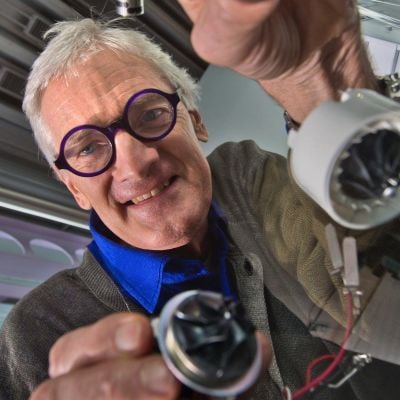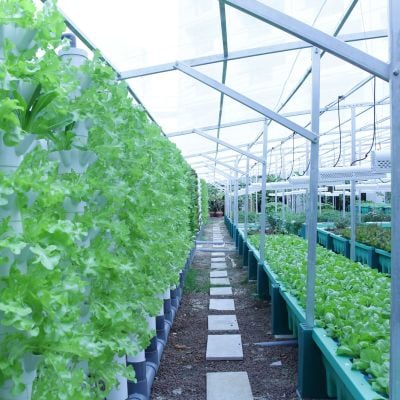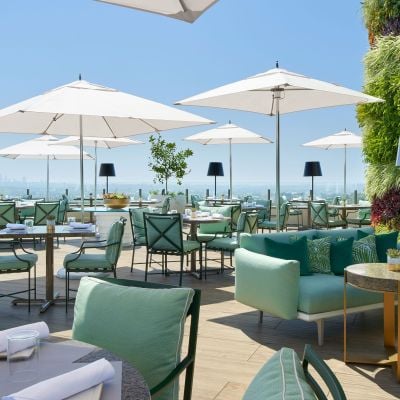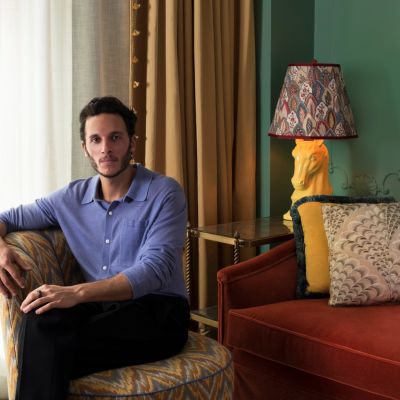Ahead Of The Curve
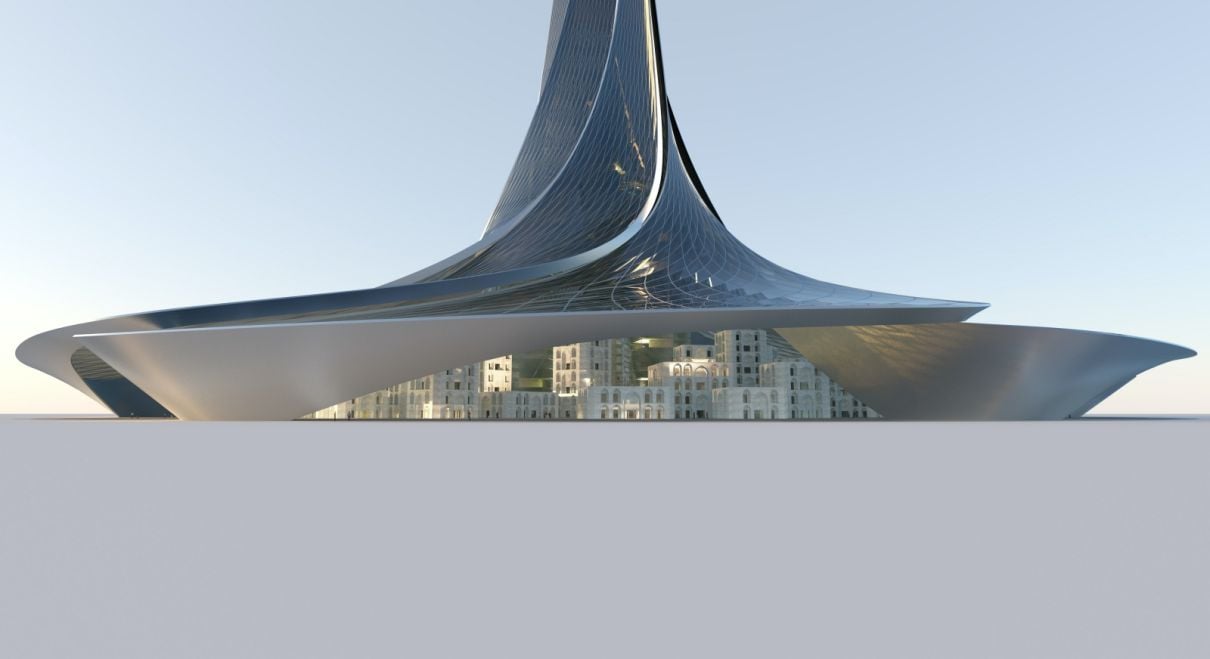
Few luxury brands make it through nine decades, so what’s the secret behind Pininfarina’s longevity?
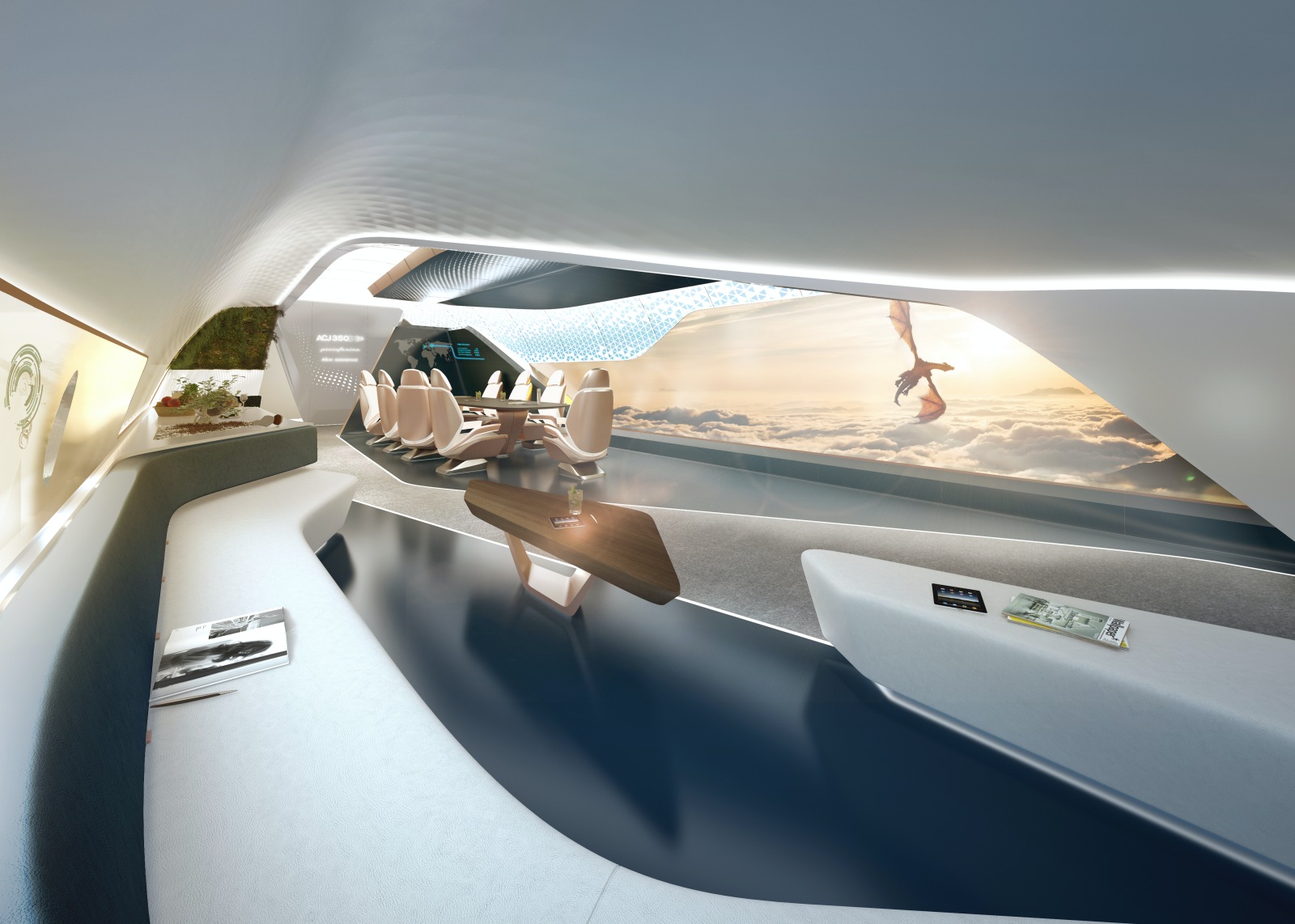
Italian design is synonymous with elegant shapes and exquisite craftsmanship, and Pininfarina, designer of legendary marques such as Ferrari, Maserati and Alfa Romeo, has transformed these creations into works of art.
With fluid bodywork reminiscent of classic sculptures by Italian masters, as described by the brand’s late founder, Battista ‘Pinin’ Farina (1893–1966), they represent “a sense of proportion, simplicity and harmony of line, such that after a considerable time, there is still something, which is more alive than just a memory of beauty”.
Spanning 90 years and three generations, it all began when Pinin started working at his brother Giovanni’s body shop, Stabilimenti Industriali Farina. Here he gradually honed his skills before establishing Carrozzeria Pinin Farina in 1930, with the objective of designing and making new car bodies. Pinin never looked back.
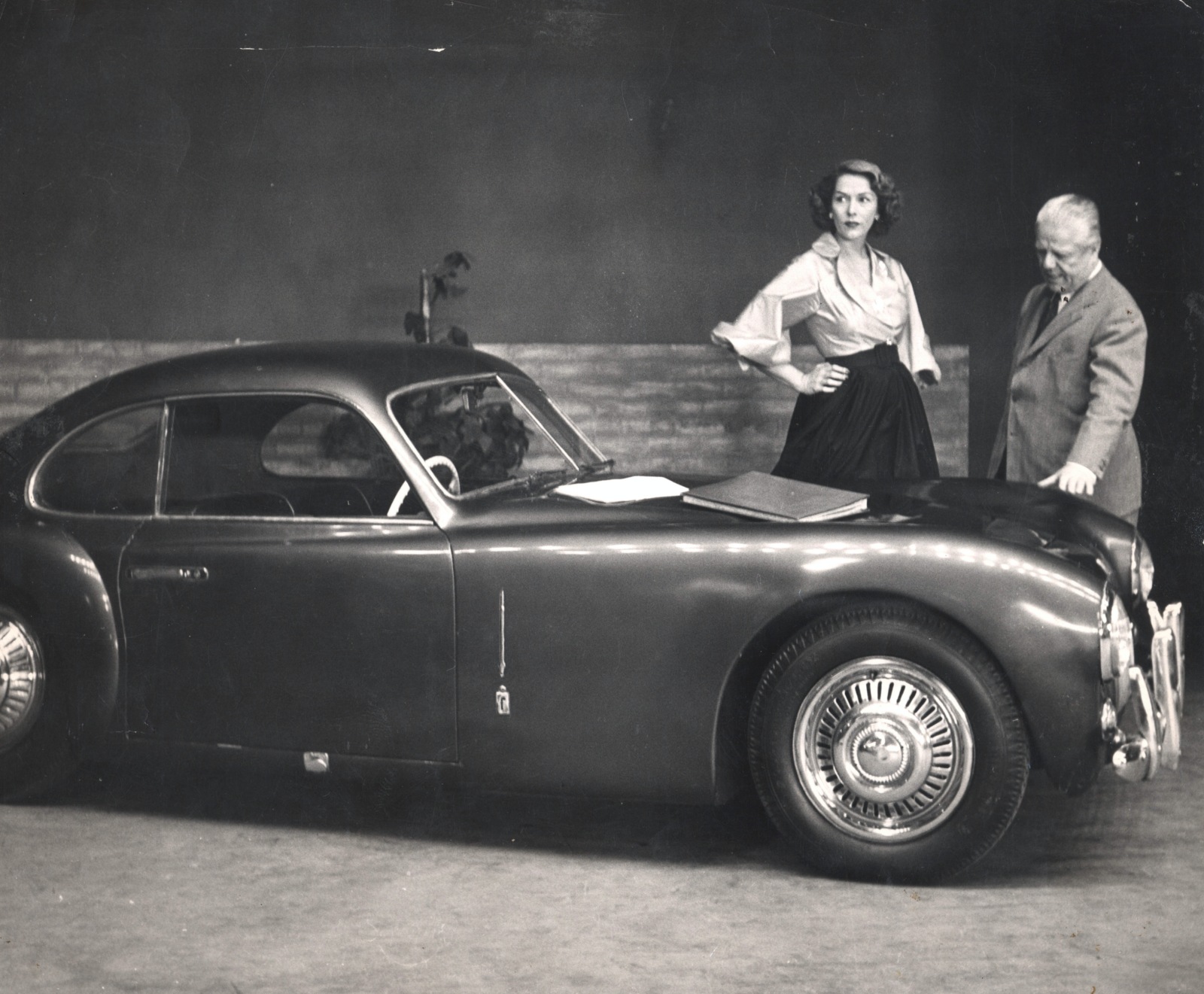
Pinin’s son, Sergio, joined the company in 1946 and later became the driving force behind some of the world’s most desirable supercars. As the brand earned global prestige, the Farina surname earned the nation’s respect, so much so that in 1961, by decree of the Italian president, it was renamed ‘Pininfarina’ in honour of the founder.
Sergio continued to nurture the long-standing collaboration established between his father and Enzo Ferrari, which produced the iconic 250 GT Coupé (1958) and the Testarossa (1984). He took over as chairman after his father passed away in 1966.
In 2001 Sergio passed on the baton to his elder son, Andrea, under whose helm the Ferrari Enzo (2002) took shape, selling out long before production began in 2003. To commemorate its 75th anniversary, Pininfarina also rekindled its relationship with Maserati with the debut of the Maserati Birdcage 75th at the 2005 Geneva Motor Show. Following Andrea’s tragic death in 2008, his younger brother, Paolo, took the reins as CEO.
Few luxury brands make it through nine decades, so what’s the secret behind Pininfarina’s longevity? “Firstly, it has consistently respected values of good ethical behaviour and strong focus on quality,” explains Paolo, whose philosophy that “the best project has always been the next” has kept the company on its toes and its finger on the pulse.
Pininfarina has always been at the forefront of innovation, starting with Pinin’s aerodynamic visions in the 1930s. In the mid-1960s, it took the lead in automating bodywork design by opening a large Studies and Research Centre in Grugliasco. In 1972 Sergio built Italy’s first wind tunnel for aerodynamic testing, and in 2011, his son Andrea’s last project, the electric Bluecar, was finally completed.
Resilience and reputation were also crucial to the company’s survival during the noughties. “During that dramatic financial and industrial crisis we abandoned the contract vehicle manufacturing business model, which represented 80 percent of our turnover, and we focused on design, brand and automotive production in very limited volume,” recounts Paolo, who was tasked with keeping the business afloat while stirring it towards a profitable path. Tech Mahindra and Mahindra & Mahindra currently have a 76.06 percent stake in Pininfarina.
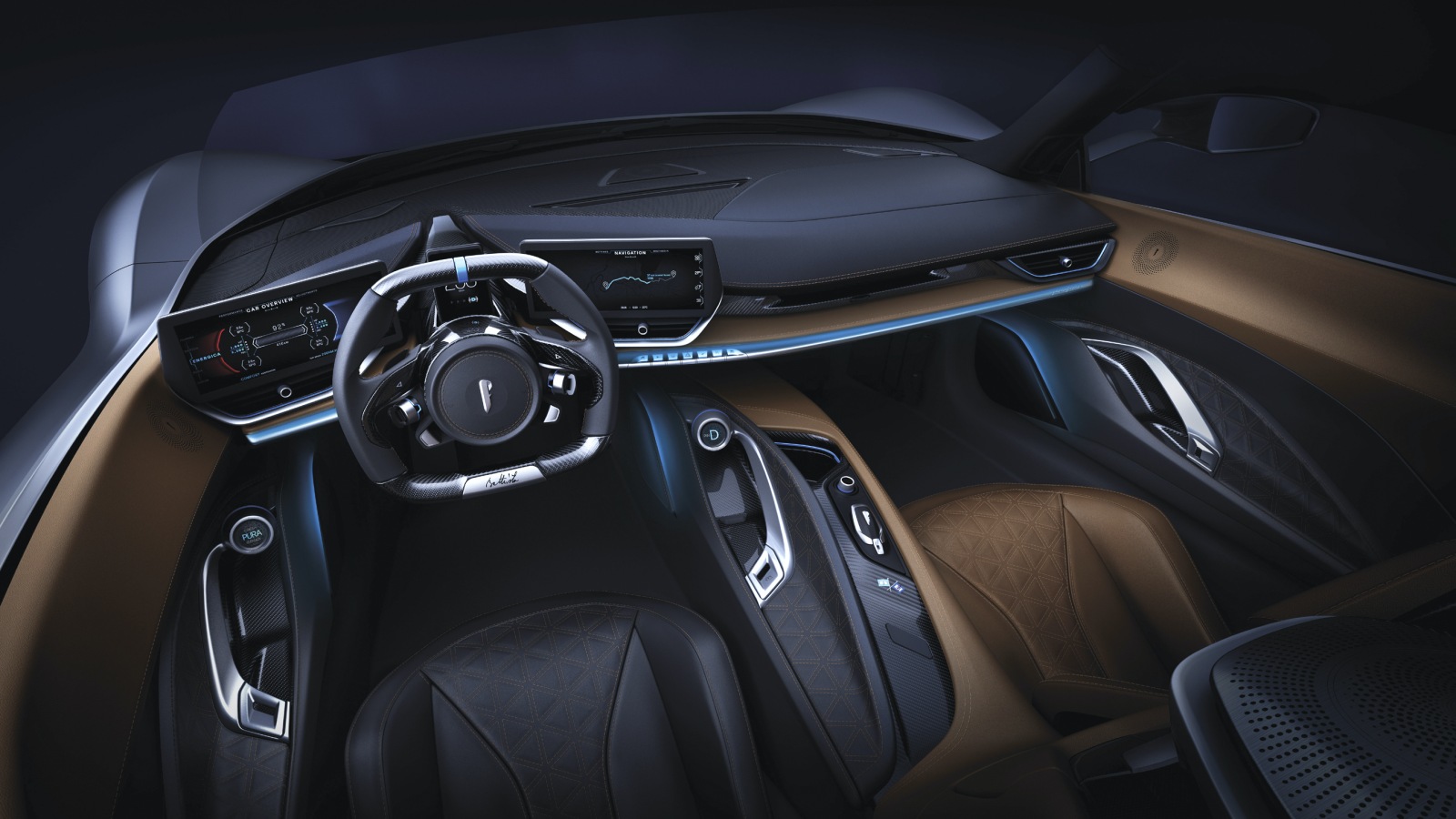
Paolo has been channelling Pininfarina’s creative energies into architectural endeavours, notably the Ferra Tower in Singapore (2013), which bears the hallmarks of a Ferrari’s sleek contours, while the award-winning design for the Istanbul Airport Air Traffic Control Tower veers away from the conventional with its snake-like shape.
Over in Brazil, Heritage by Pininfarina is making its mark in São Paulo’s affluent Itaim Bibi district with its ultra-luxury high-rise residential project. Inspired by the speedform blueprint for designing supercars, sleek curves are recognisable at every turn. Distinguishing features include a snazzy garage entrance and 360-degree views in each floor dedicated to a single unit. Glossy rounded surfaces and bright, open spaces follow Feng Shui principles, allowing energy to flow freely and imbibe a sense of clarity, freshness and tranquillity.
While luxury property development brings many opportunities, Pininfarina is casting its net even wider in the architectural pond. “Our activity should be more extended to the sector of public spaces,” says Paolo. “I am strongly attracted by the design of future smart cities with the integration of buildings, infrastructures and mobility systems.”
To this end, Pininfarina entered into an alliance with French designer Amédée Santalo to design the Vortex Tower. The tulip-inspired structure comprises seven petals representing seven continents, all converging into a mega eco-city under one roof. Set to become the tallest in East Africa, the 650m-high Vortex will rise in Al Noor City in Djibouti as part of an ambitious plan to link Djibouti and Yemen via a trans-continental bridge crossing the Gulf of Aden. The super-sleek Vortex will cocoon a futuristic metropolis with the purpose of adopting blue economy principles within a multicultural environment.
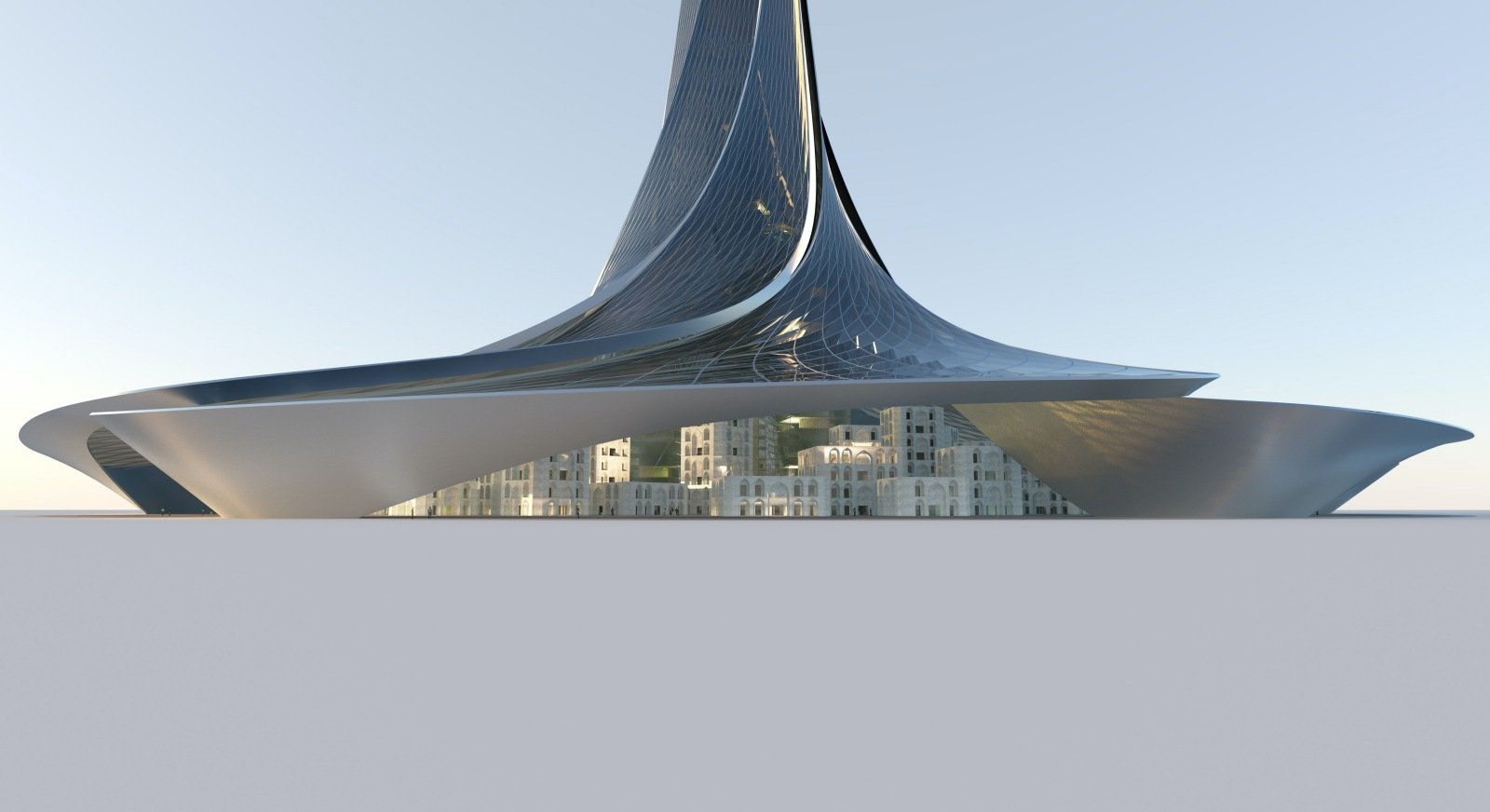
In February this year Pininfarina celebrated its 90th anniversary at the Triennale di Milano’s Palazzo dell’Arte. To commemorate this milestone, sister company Automobili Pininfarina will launch the limited-edition Battista Anniversario, the world’s first luxury pure-electric hypercar that marries Pininfarina design with high-performance standards.
Only five of the hand-crafted Anniversario model will be produced alongside 150 units of the Battista hypercars and, although production is expected to start end of 2020, delays are inevitable. “Unfortunately, the pandemic is now affecting the schedule for the other events planned for 2020. Some ideas will probably be saved for a better celebration of our 100th anniversary in 2030,” says Paolo.
Indeed, Pininfarina has had its fair share of financial ups and downs across nine decades, and this year could prove to be the most challenging yet. Through it all, craftsmanship, innovation and sheer determination helped to carry the brand through to the present, when a new chapter awaits not just in architecture, but also in the marine, aerospace, railway and public transportation sectors.
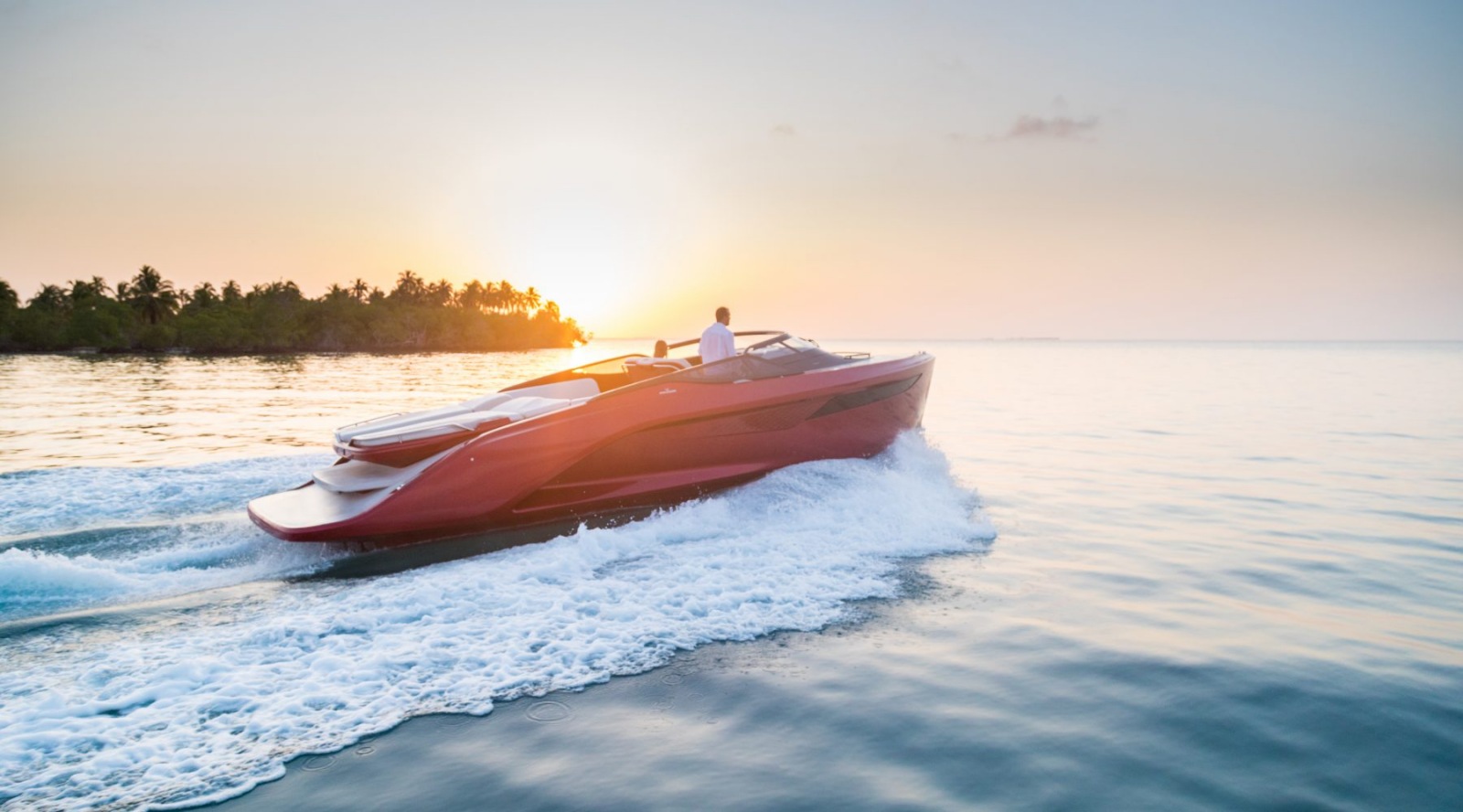
As long as it continues to navigate the future with creativity and innovation in tow, Pininfarina has the potential to redefine our concept of living and working spaces, converging communities and mega-cities of the future. Above all, if its upcoming projects cater not just to affluent clients, but also towards supporting disadvantaged communities and protecting the environment, then the untiring work and legacy of three generations will help inspire future generations.
This article originally appeared in Billionaire's Summer Issue themed on Exploration. To subscribe contact

